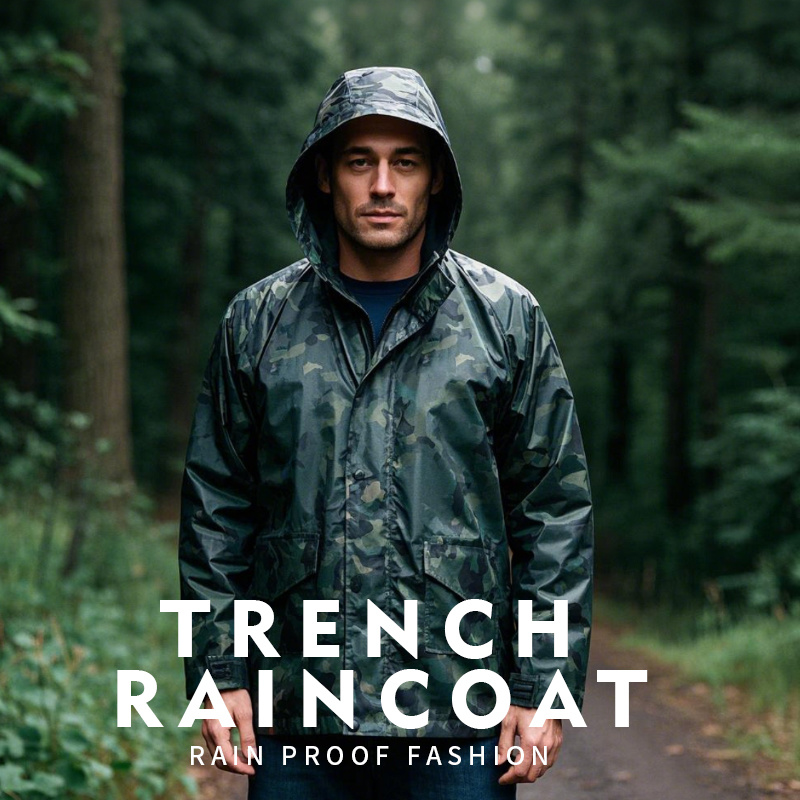Military-grade Raincoat Material Technology Analysis: How to Choose the Most Suitable
2025-08-08
Military-grade Raincoat Material Technology Analysis: How to Choose the Most Suitable
In modern military equipment, military raincoats are a critical part of the individual protection system, with the material technology directly affecting soldiers' combat effectiveness and survival capability. So, "raincoat made by what material" can meet the demanding battlefield requirements? This article will delve into the material science of military-grade raincoats and help you understand how to select the most suitable protective gear.

1. Core Material Technology of Military Raincoats
Currently, the mainstream "raincoat cloth material name" for military-grade raincoats includes three main types:
- High-density nylon coated fabric - uses 210D or higher nylon base fabric with a PU coating, offering a waterproof index of over 10,000mm water column
- Composite PTFE membrane fabric - achieves a perfect balance between waterproofing and breathability using microporous membrane technology
- Graphene-enhanced material - improves abrasion resistance by more than 50% while maintaining lightweight properties
Comparative tests show significant differences in performance under extreme conditions: in -30°C environments, PTFE membrane fabric maintains the best flexibility, while graphene material stands out in its mildew and antibacterial properties in tropical jungle environments. The U.S. military's latest ECWCS system uses a multi-layer material combination scheme, with raincoat models distributed according to different combat areas.
2. Key Differences Between Military and Civilian Raincoat Materials
Compared to civilian products, "raincoat made by what material" for military-grade raincoats focuses on several key features:
- Infrared stealth performance, with special coatings on military fabrics reducing infrared signatures by more than 80%
- Tear resistance, with military standards requiring fabrics to withstand more than 15kg of tearing force
- Special properties such as flame resistance and chemical protection
It is also worth noting that modern military raincoats have developed a modular design concept. For example, the British Army's latest VIPER system uses lightweight PTFE materials in the base layer, which can be supplemented with ballistic or insulation layers as needed. This design greatly enhances the adaptability and cost-effectiveness of the gear.
3. Practical Tips for Choosing Military-grade Raincoats
For professional users, when selecting "material used to make raincoat", key factors to consider include:
- The temperature and humidity range of the environment
- Expected usage duration
- Whether additional protective features are needed
Important Note:
It is crucial to check the material's certification standards, such as the U.S. military's MIL-SPEC or NATO's STANAG standards.
Conclusion
From traditional coated fabrics to today's smart materials, the question of "raincoat made by what material" has a new answer in the military field. Whether considering specific "raincoat cloth material name" or overall protection system design, modern military raincoats represent the forefront of material science. For professional users, understanding the characteristics of these "material used to make raincoat" will help maintain optimal combat performance in the harshest environments.
Previous Page
Previous Page:
Recommend News









